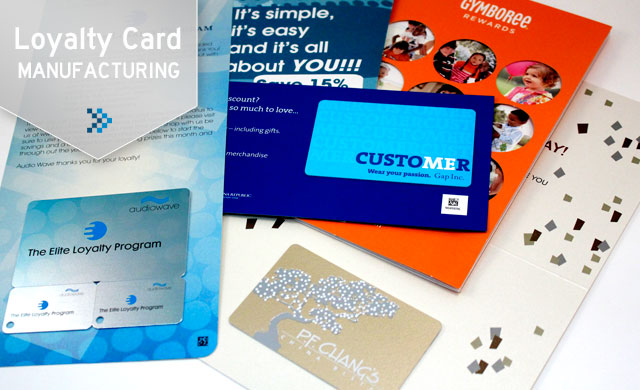How loyalty programs can earn more customers and offer true rewards
It wasn’t too long ago when some supermarkets began ditching their loyalty cards altogether. Albertsons stores, for example, announced “card free savings” in 2013, notifying customers they no longer need the company’s Preferred Card to receive sale prices on items. Other grocery chains have instead adapted loyalty programs with improved mobile technology and customized rewards options.

Customers still want to save money when they buy groceries. And, they like the idea of getting special treatment for their loyalty to a company. In fact, loyalty card membership has increased by 26% in two years, from 2.6 billion total U.S. loyalty program members in 2012 to 2.3 billion in 2014, according to a COLLOQUY report, Customer Loyalty in 2015 & Beyond.
Too often, however, loyalty card memberships have become a burden rather than a perk. Most customers realize supermarkets use the loyalty programs to build a database of consumer purchase information. And, they’re willing to part with some degree of personal information to become a member, but what’s in it for them? While the number of loyalty program memberships has increased significantly, the number of “active” members has declined. “Our Census revealed a stagnant market in which more than half of members (58%) don’t even bother to participate, much less become engaged and enthusiastic members,” reported Jeff Berry, research director for COLLOQUY.
So what works? What do customers really want out of their loyalty programs, and how are supermarkets and other grocery retailers revamping their programs to make them more relevant and engaging?
Read entire article at SmartBlog on Food & Beverage
Written by Heather Henstock
MEDIA CONTACT:
KATY LASEE | MARKETING DEPT.
651 554 8533
KRLasee@traveltags.com
TAGS:
Loyalty, Rewards and Membership,
trends




